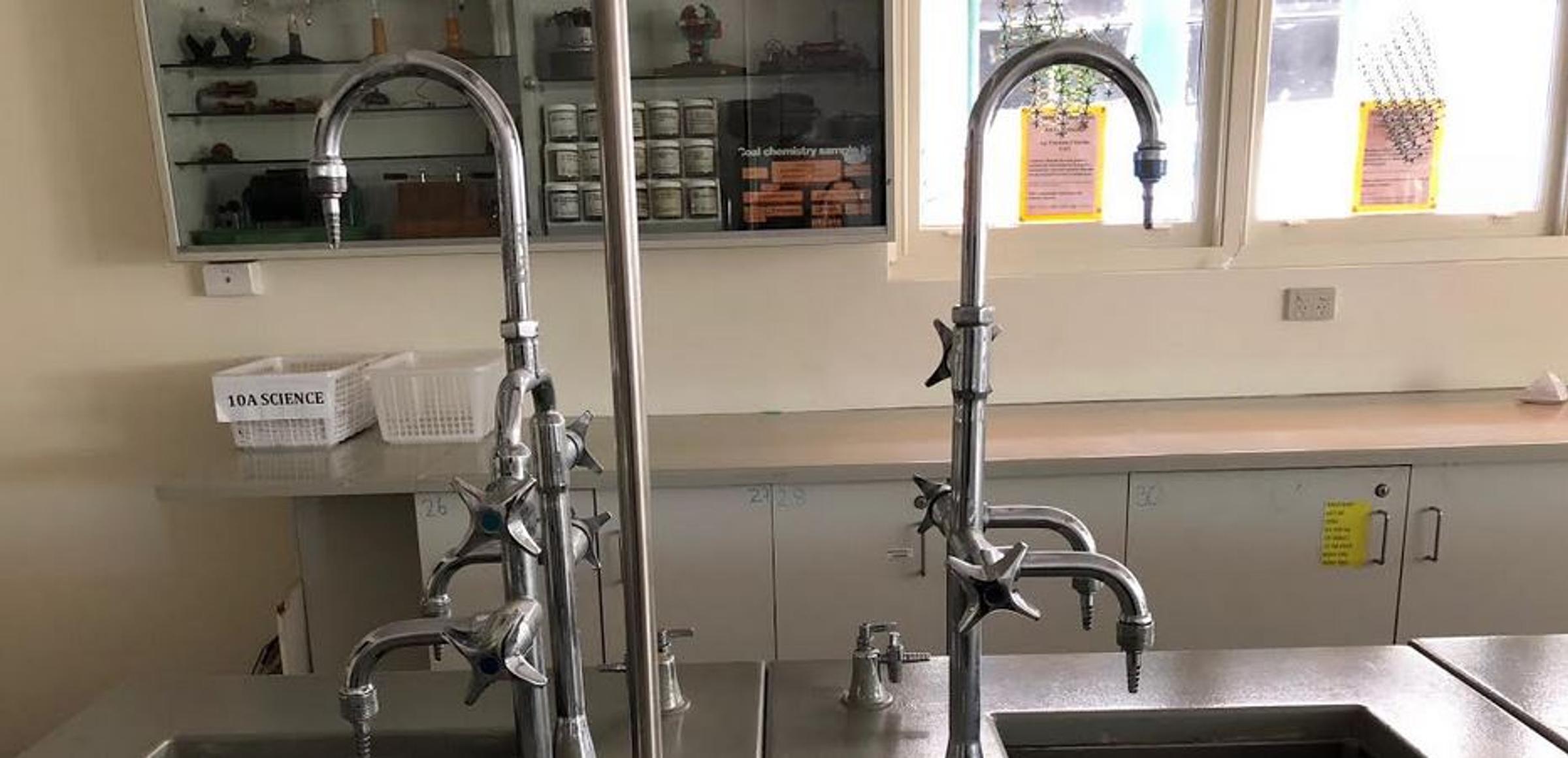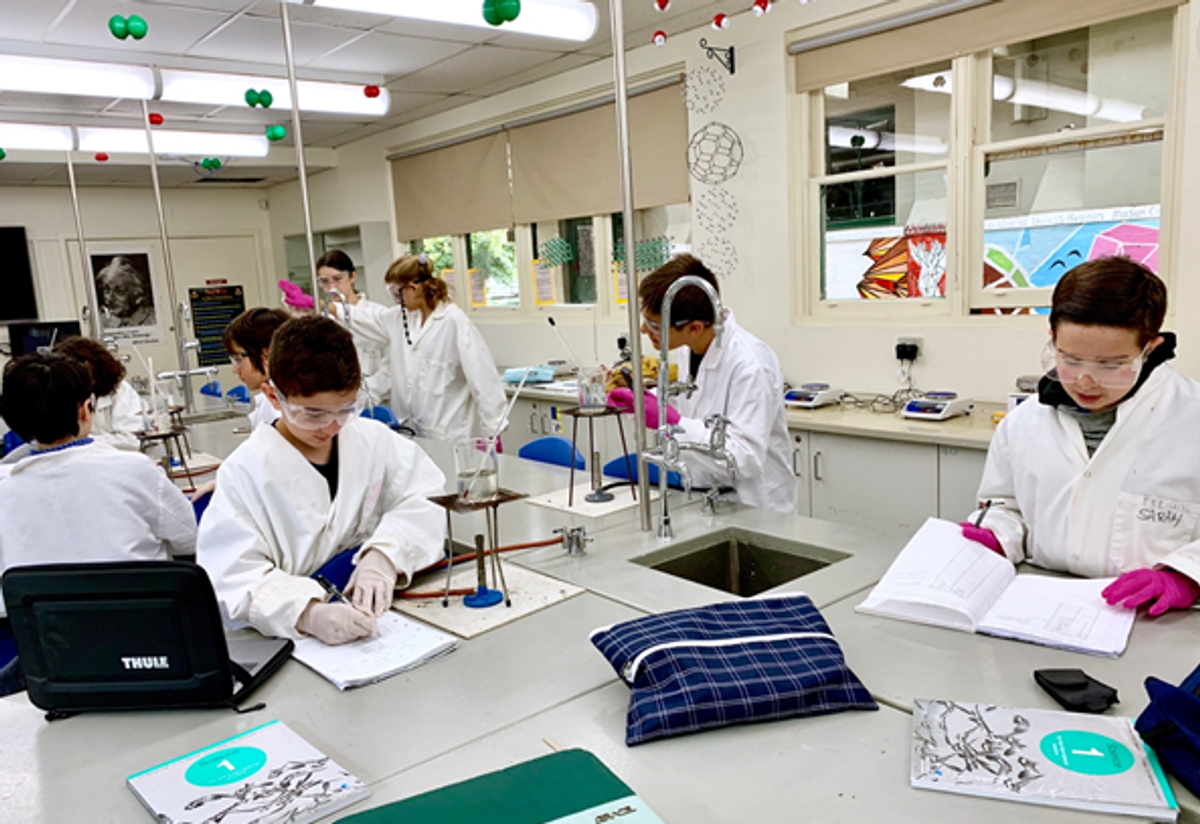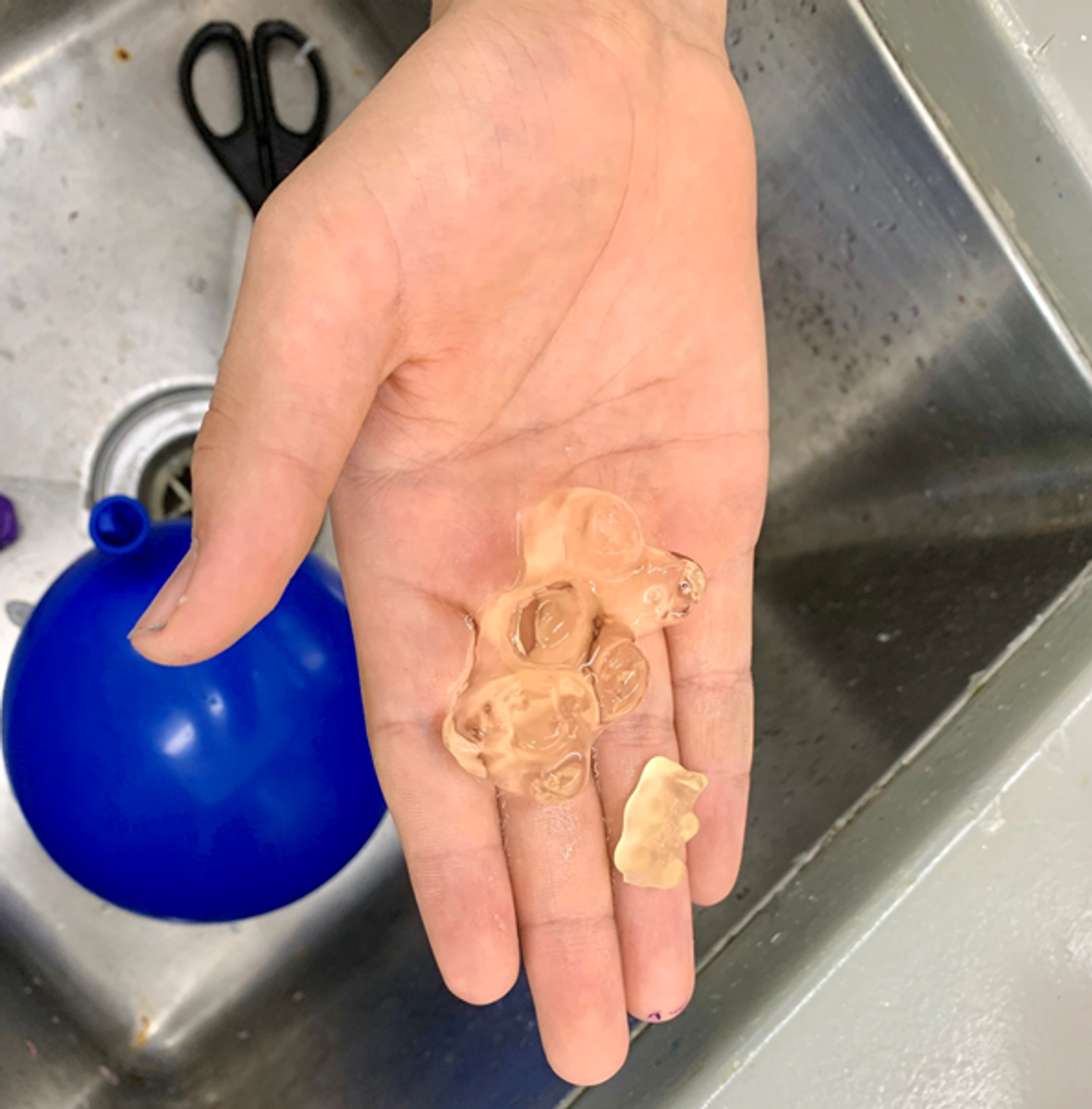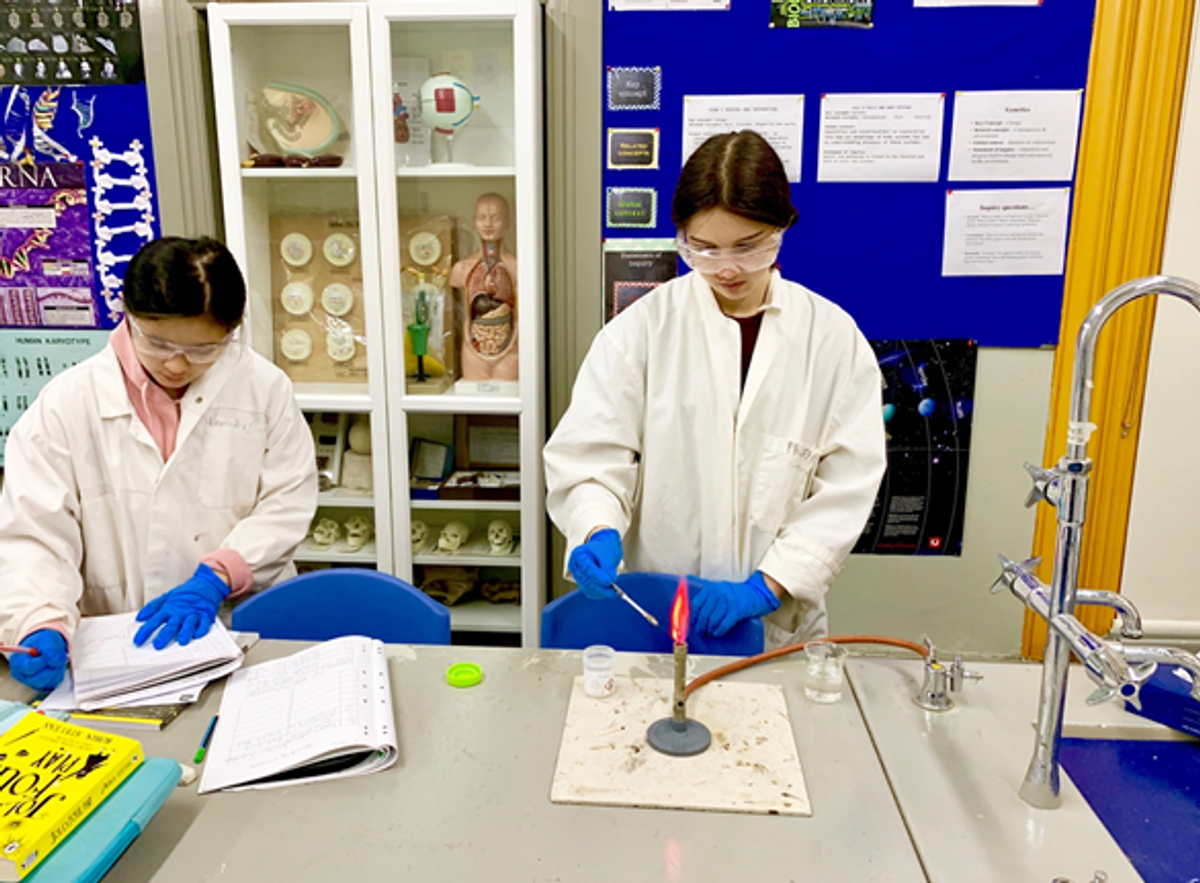Science

Year 7
by Kris Vestermark, Science teacher
During Semester One, students were building their laboratory skills through a variety of different practical activities and investigations. They began the year by practising lab safety, while developing their science skills through designing their own practical investigations for the Gummy Bear Challenge. This required students to develop their own research question, identify the variables of their investigation, design a method that would allow them to collect data to answer their research question, write a risk assessment that showed they had identified relevant risks and had made safety considerations to minimise these risks, collect and analyse data from their experiment and evaluate the design of their method.
Pictured: Year 7s at the start of Term One working on their data collection and analysis skills.
Pictured: Results from one student’s designed Gummy Bear Challenge investigation on the growth of gummy bears when left in water at different temperatures.
In our second unit, students began building on their knowledge of the different states of matter by applying the moving particle theory to explain different phenomena such as water boiling, ice-cream melting, clothes drying and sea level rising. In our current unit students have been building on their understanding of matter by learning about atoms, elements and the differences between pure substances and mixtures as well as those between physical and chemical change. Our current unit will ultimately lead to students considering the impacts of science, in particular with regard to the purification of water.
Pictured: Year 7s viewing crystal formation under the microscope.
Pictured: Year 7s conducting the flame test to investigate different elements. Students were given a number of known compounds and two unknown samples. They had to use their observations of the colours produced by the known samples to identify the elements in the unknown samples.




